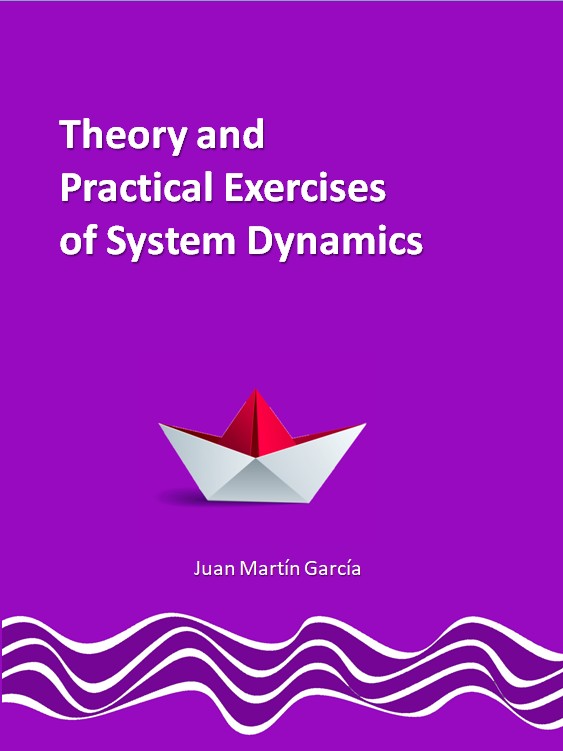Content
Paper 1. Modeling and Simulating Energy Policies
This paper explores new techniques for developing better energy policies using computer generated algorithms to minimize and avoid the worst case scenarios for everyone involved. System dynamics is used to compare historical energy policies to show that a new approach to this problem may be worthwhile and better than continuing to use traditional techniques.
Paper 2. Water-Energy-Food Nexus
This paper investigates the impact of two energy scenarios on identified key indicators within the context of the water-energy-food nexus. By utilizing a mixed method of qualitative interview and quantitative system dynamics modelling, representative causal loop diagrams and stock-flow diagrams were constructed.
Paper 3. Environmental and Social Pressures in Mining
The focus of this paper is on social and environmental issues in mining activities, by both industry and policy. Different methodologies were explored, starting from a qualitative causal loop modelling. The main findings related to the importance of the supply chain, the vulnerability of local communities, and the toxic emissions.
Paper 4. Impacts of Electric Vehicle Diffusion
The present paper proposes a model carried out through the System Dynamics methodology for evaluating environmental, social, and economic impacts exerted by the diffusion of electric vehicles (EVs), which is a phenomenon that can significantly affect the achievement of some of the objectives set by the Sustainable Development Agenda.
Paper 5. Forecasting Electricity Demand Market Shares
In this paper, a market share forecasting model was established based on Markov chain, and a system dynamics model was constructed to forecast the electricity consumption based on the analysis of five factors which are economic development, policy factors, environmental factors, power energy substitution, and power grid development.
Paper 6. Rare Earths Production Forecasting
This paper applies the generic multivariant system dynamics model to forecast China’s rare earth elements production trend and Hubbert peak, using Vensim software based on the Hubbert model. The results show that the peak of China’s rare earth elements production will appear by 2040, and that production will slowly decline afterwards. Based on the results, the paper proposes some policy recommendations for the sustainable development of China’s—and the world’s—rare earth elements market.
Paper 7. Risk Analysis of Offshore Fire
The paper begins with exploring the recent advances on offshore fire and explosion risk analysis theories, followed by briefly introducing the research techniques employed in the proposed hybrid causal logic model which consists of event tree, fault tree, Bayesian network, and system dynamics to study the effect of human and organizational factors.
Paper 8. Scenario Planning Implementation
The paper show a practical experience and discuss key implementation challenges of a systems approach that combines System Dynamics, Scenario Planning and Qualitative Data Analysis in tackling a complex problem, showing the difficulties encountered in designing and planning the Scenario Planning workshop.
Paper 9. Energy and Environmental Protection
This study combines four methodologies. System Dynamics is used to estimate the future trends for the industrial structure. Analytic Hierarchy Process (AHP) and Utility Theory focus on the customer’s attitude toward risk. Fuzzy logic can simplify complicated intrinsic and extrinsic factors and express them with a number or ratio that is easy to understand.
Paper 10. Simulating Petroleum Peak Curve
The paper shows the design of three different growth coefficients with table functions for three different flows: single peak symmetry, single peak asymmetry and multiple peaks. As practical examples a template is used to simulate petroleum peak curve, and another to predict an interesting scenario for Chinese capita CO2 emissions
Paper 11. Participative Group Model Building
This paper do not shows a model but summarise current knowledge and understanding in the public participation literature. What participatory methods should be used in which situations and particularly how they should be applied are still insufficiently addressed questions.
Paper 12. Green Growth and Ecotax
This paper examines the possibility of combining the efforts for socio-economic improvement and environment protection through an ecotax. The model and simulations demonstrate that both the rate of the ecotax and the use of the ecotax revenue matter. A properly imposed ecotax may contribute to the achievement of both inclusive green growth and sustainable finance.
Paper 13. Enterprise Resource Planning Implementation
This study developed a system dynamics model of Enterprise Resource Planning ERP implementation based on Critical Success Factors CSFs to discuss ERP implementation complexities, which identifies the effect of CSF interrelations on different aspects of ERP project failure.
Paper 14. Occupational Accident Prevention
The risk prevention system of a generic company is described using a simulation model to simulate the effects that occur after a serious emergency exercise. This study analyzes the complexity of the relationships between the parts of the system that can lead to accidents and simulates various strategies that reduce risk.
Paper 15. Gamification and Project Management
This work present the case study in which students were asked to elaborate a Business Model (BM) for a new product. Group Model Building (GMB) and System Dynamics (SD) were used to promote discussion about the different possible future scenarios that could appear. The results suggest that the use of problem-solving methods helps to achieve a deeper learning.







